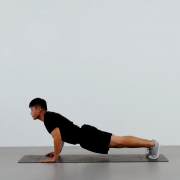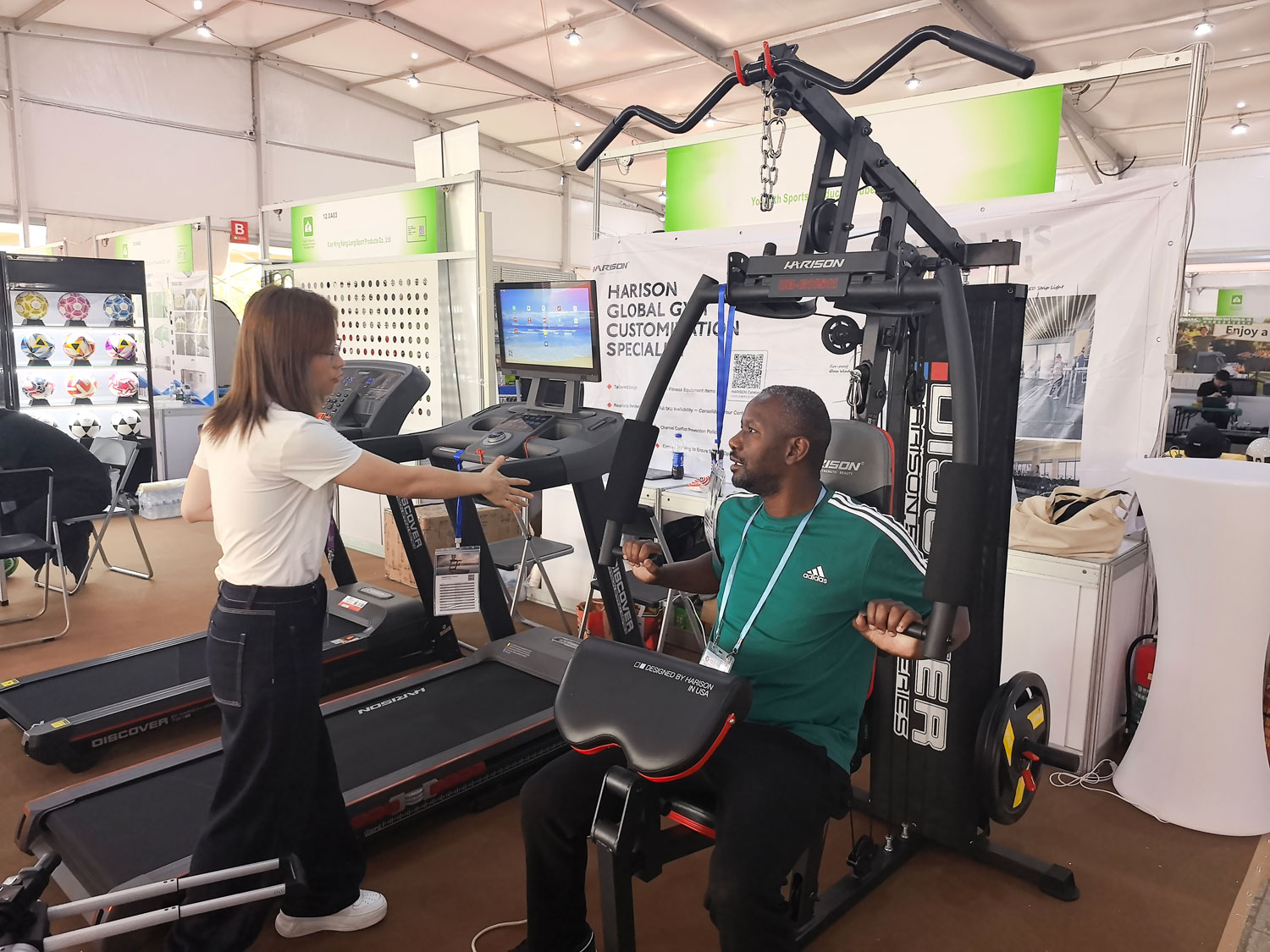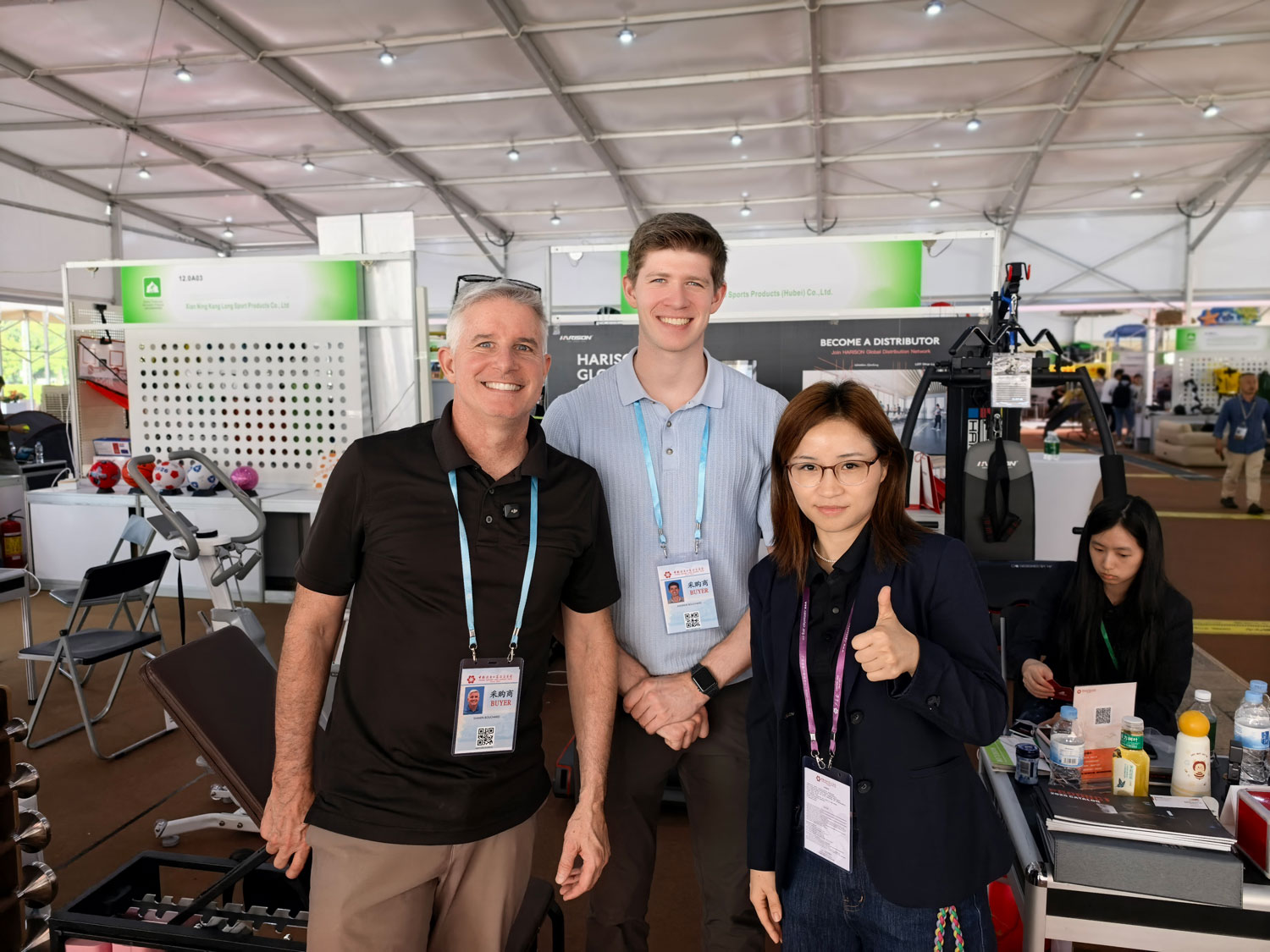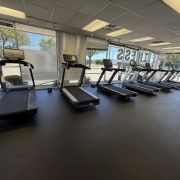Why do femoral shaft fractures occur? How can recovery be accelerated after surgery?
If you have any queries or suggestions, please feel free to reach out via email to info@harisonfitness.com. We will do everything in our capacity to ensure that you love your experience with us.
The femur, commonly known as the thigh bone, is a long and fragile bone that is highly susceptible to fractures. So, specifically, what are the causes that can lead to a femoral shaft fracture?
01 What types of injuries can cause femoral shaft fractures?
Direct external forces primarily refer to impacts, blows, and similar actions. Examples include car collisions, assaults, being struck by heavy objects, or weapon injuries. These constitute direct external forces that carry a high probability of causing fractures in the shaft of the femur. Fractures resulting from such causes are often comminuted fractures, butterfly fractures, or transverse fractures, with significant displacement. Visually, this can create the appearance of a shortened leg. Additionally, such incidents cause severe damage to the soft tissues surrounding the femoral shaft.
Indirect forces primarily involve falls, machinery injuries, lever actions, or violent twisting. Examples include falling from heights, legs caught in rotating machinery, or forceful twisting. Fractures of this nature commonly occur in children and factory workers. They are often comminuted fractures, which are difficult to repair.
Elderly individuals have porous bones that are less robust; even minor external forces can cause fractures. Furthermore, the development of a tumor in the femoral shaft can alter its properties, increasing fragility and leading to fractures under external stress. Sometimes, even a simple fall on level ground can result in an accident.
02 How to Determine if a Femoral Shaft Fracture Has Occurred
Pain is the primary symptom of a femoral shaft fracture. Other manifestations include swelling, bruising, difficulty walking, and visible deformity. In severe cases, excessive blood loss may occur, potentially leading to shock.
03How to Exercise at Home
Action 1: Ball-Squeeze Isometric Contraction
Key Points: Lie flat on your back with your upper body pressed firmly against the bed. Place your arms alongside your body. Bend your knees and squeeze a ball between them, maintaining tension throughout. Breathe evenly. An inflatable ball is ideal, as its elasticity provides noticeable resistance when squeezing. If unavailable, a pillow may substitute, though it offers less pronounced resistance and is less effective than a ball. Repeat this exercise in 2 sets, holding each for 15 seconds.
Exercise 2: Active Hip External Rotation
Key Points: Sit upright with your upper body straight and arms relaxed at your sides. Keep the unaffected leg stationary. Rotate the affected leg outward, then inward within your comfortable range of motion while maintaining natural breathing. Repeat this movement in 2 sets of 8 repetitions each.
Exercise 3: 45-Degree Straight Leg Raise
Key Points: Lie supine with the upper body upright and arms at your sides, palms down. Keep the unaffected leg stationary while raising the affected leg to a 45-degree angle, then lower it. Avoid exceeding 45 degrees. Point your toes upward and engage your calf muscles. Repeat this exercise in 2 sets of 8 repetitions each.
Regularly performing these three exercises enhances pelvic and lower-limb movement control while strengthening core stability. Remember to perform them 40 minutes after meals, 2 to 3 times daily.
During post-recovery rehabilitation, schedule regular follow-up appointments to adjust training methods based on your condition. Tailoring exercises to different recovery stages ensures optimal rehabilitation outcomes.
